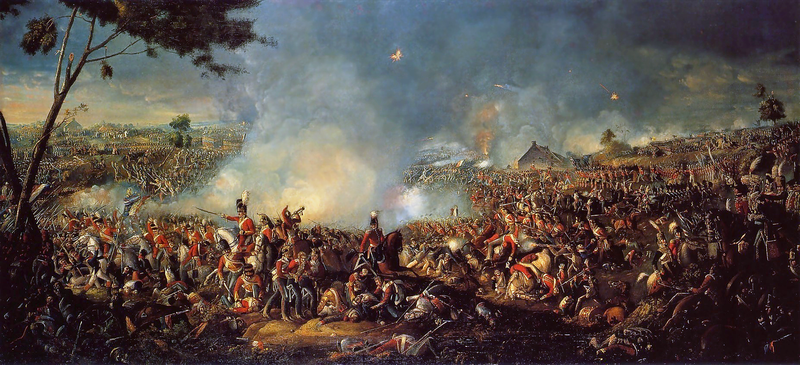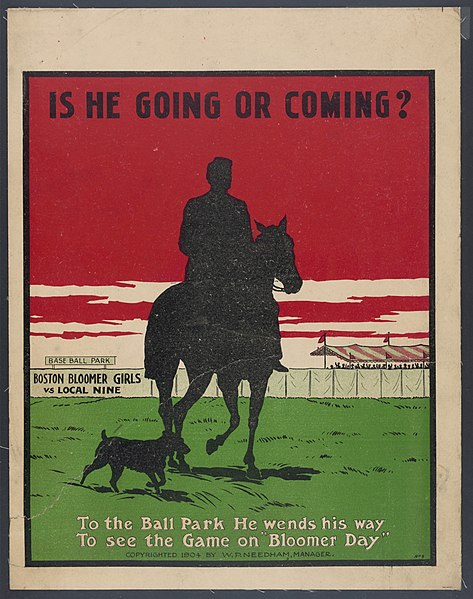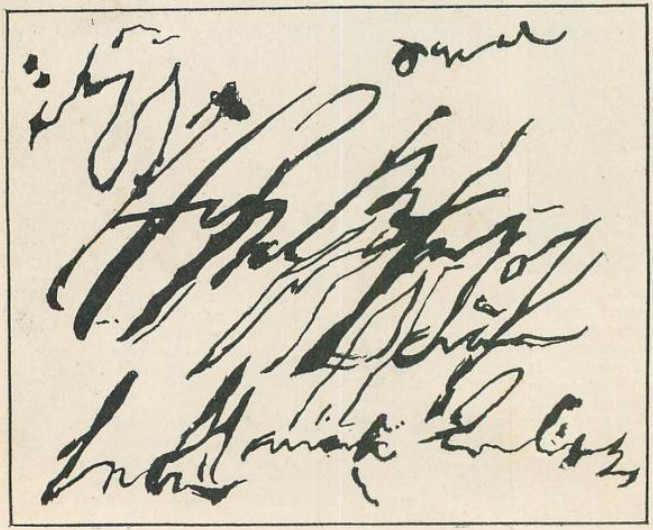In March 1985, Science Digest published four pangrams composed by its readers — each 26-letter sentence uses every letter in the English alphabet:
Shiv cwm lynx, fjord qutb, zap keg. (Randall Kryn) “A powerful Islamic saint (qutb) who lives in a fjord is told first to knife a troublesome lynx that lives in a mountain hollow (cwm) and then to celebrate by awesomely attacking a keg of brew.”
Schwyz fjord map vext Qung bilk. (Brian Phillips) “A cheat (bilk) from the Qung tribe in southern Africa could not understand a map of fjords in Schwyz, a canton of Switzerland.”
Fly vext bird; zag cwm’s qoph junk! (Kent Teufel) “A blimp explodes, shattering a sign in Hebrew. Pieces of qoph, the nineteenth letter of the Hebrew alphabet, fall into a cwm. An annoyed, low-flying bird is told to zag in order to avoid the falling pieces.”
Qoph’s jag biz vext drunk cwm fly. (Falko Schilling) “The business of making the sharp notched edge on the nineteenth letter of the Hebrew alphabet irritated the inebriated fly from the mountain hollow.”
All the words appear in Webster’s Third New International Dictionary.
Last November, the National Security Agency published five pangram crosswords — in each completed grid, every letter of the alphabet must appear once.





